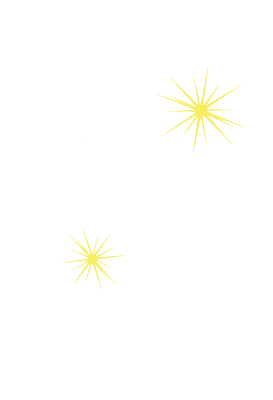Fundamentals of Our Curriculum
Fundamentals of Our Curriculum
Our Bilingual Curriculum EYC® Enables Holistic Development
“I never teach my pupils, I only attempt to provide the conditions in which they can learn.”
Albert Einstein, Physicist & Nobel Laureate
“I never teach my pupils, I only attempt to provide the conditions in which they can learn.”
Albert Einstein, Physicist & Nobel Laureate
This quote from Albert Einstein reflects the foundation of our Early Years Curriculum EYC®. We know that children are curious and natural learners from birth. At Little Star Day School, we encourage young learners to have their first learning experiences and discover the world around them. To help them do this according to their individual needs, we have adapted our learning environments and early learning program accordingly.
Our bilingual Early Years Curriculum EYC® is tailored for children aged 6 months to kindergarten. Children learn best through meaningful play, so it combines active learning, hands-on learning and learning by doing. The Early Years Curriculum EYC® is based on traditional and innovative learning and teaching methods, philosophies, and approaches. These theories have their origins in science or have a philosophical or hypothetical basis. Regardless of origin, they all have something in common: the observation of the child’s development is always at the center.
Learning Playfully
All of us know that we learn best when doing something we love doing. Children are attracted to play experiences and focus on their self-chosen play for a long time. Through play, children gain new experiences and continue to develop them. Through interaction with materials and other people, the child is encouraged to discover new knowledge, language, skills, and to connect them to knowledge they already have. Play always has a purpose for the child, even if it is not always apparent to adults. Many theories support the importance of play, with more recent theories arguing for the cognitive approach. They see play as contributing to the development of skills such as problem solving, creativity, communication, and developing an understanding of social rules. This approach is most closely associated with Piaget and Vygotsky and is also supported by neuroscience and current developmental psychology.
Jean Piaget
Jean Piaget was born in 1896 in Neuchâtel, Switzerland. With his approach to the nature of children’s thinking and learning, he was considered an expert in the field of developmental psychology since the 1960s. The origin of his theory was the observation of his three children. For Piaget, young children go through 4 stages of development: sensorimotor stage, the preoperational stage, the concrete operations stage, and the formal operations stage. At the center of each stage is the pursuit of equilibrium. Piaget refers to it as equilibration, which in turn occurs through assimilation and accommodation. An example of this would be the first experience a young child has of the sound of crumpled paper when unwrapping a present. Later, they make discoveries with different types of paper and find that each type of paper sounds different when crumpled. An imbalance occurs between original experience and new knowledge. The adaptation in this case occurs as the child adapts their original experience (here, the paper sound when unwrapping a gift) to finding that the paper only makes that specific sound from the first experience in certain situations.
His greatest achievement is considered to have been to inspire a sense of curiosity about the way children learn. His interest was mainly in how children learn rather than what or when they might learn it. Albert Einstein said Piaget’s work was “a discovery so simple that only a genius could have come up with it.”
Source: Wikimedia
Source: Wikimedia
Maria Montessori
Maria Montessori was the first woman in Italy to earn a university degree in medicine. Her philosophy of early childhood remains an important milestone in early education today. The guiding principle “Help me do it myself” is the core message of the Montessori approach. The child wants to discover and experience for themself. This increases their self-confidence and self-awareness. At the same time, self-made experiences are internalized and processed as experiences. The prerequisite for this is a non-violent environment, which in turn is a prerequisite for a relaxed atmosphere. Only then is it possible for the child to satisfy their personal developmental needs. For this reason, we at Little Star Day School live our values: respect, motivation, trust and leadership.
Loris Malaguzzi
The name of Loris Malaguzzi is not as well known to many as his philosophy “Reggio Emilia”. It was the teacher Loris Malaguzzi who, after the end of the 2nd World War, with courageous and motivated parents, opened his own school in Villa Cella (Reggio Emilia) and developed his philosophy. His philosophy was based on, among others, the theories of Piaget and Vigotsky. According to his theory, all children have potential! In order to maximize this potential, certain key elements must be taken into account: Children are connected to family and society. Malaguzzi says that the (classroom) room is as a third teacher, while the reference person (educator) also plays the role of partner, caregiver, and mentor. Learning and teaching happens through questions that are answered together with the caregiver. This learning process is documented and thus visualizes individual learning. Our development portfolio is the documentation of this learning journey. All partners (child, parents and caregivers) contribute through observations to paint a holistic picture of the child’s development.
Source: ReggioChildren.it
Source: Wikimedia
Howard Gardner
Howard Garner developed the theory of multiple intelligences in the 1980s. He defines intelligence as the “ability to solve problems or create products that are meaningful to a particular community or culture.” According to Gardner, all people have different talents that are independently invested. He speaks of “9 intelligences” that are in everyone and are just expressed differently. Every child should know their own gifts and learn according to them. At Little Star Day School, each child is given the space to learn in their own way and at their own pace. In this process, individual talents have just as much room as those areas that are still underdeveloped. With these insights, our individualized early education program can help build on strengths and reduce weaknesses.
Johann Pestalozzi
Pestalozzi was a Swiss teacher who laid the foundation for the reform of education in the 19th century. He believed that every child has potential, but that it can only develop in a loving environment. With his head-heart-hand principle, he called for a harmonious interplay of thinking, feeling, and acting. Furthermore, he believed that children should learn in groups with children who are at the same stage of development – not necessarily at the same age. Pestalozzi repeatedly emphasized sensory learning in a familiar setting. For Pestalozzi, the most important sensory experience was observing. So he organized “Anschauungsunterricht” (visual lessons) and linked it with actions, as for him education was the repetition of actions. In today’s practice, this can be observed, for example, in role play.
Source: Wikimedia
Source: Wikimedia
Lev Vygotsky
Lev Vygotsky was a Soviet psychologist. His book “Thought and Language” is still a classic work in university lectures on psycholinguistics. In this book, he points out that the cultural and social context of children influences their development. This statement has had a strong influence on the development of many educational theories to this day. His “zone of next development” concept resulted in the development of techniques for diagnosing children’s learning needs and corresponding teaching techniques. The best known technique is called “scaffolding”. It is based on careful observation of what children can do and planning a support plan that challenges their current abilities. Like Piaget, Vygotsky emphasizes the way knowledge and understanding are constructed by learners from their experience (construction theory). This approach is most closely associated with Piaget and Vygotsky and is also supported by neuroscience and current developmental psychology.
His social constructionist theory places contribution of others at the center of learning. This contribution is associated with the training approach, where the learner learns from someone who is more experienced or competent. With this in mind, activities such as conversations, (guided) play, and opportunities to follow interests and ideas become core elements of learning.
HighScope
The HighScope approach was started by Dr. David Weikart in Ypsilanti, Michagan, USA in the early 60’s as a preschool project. The approach is based on 40 years of research and experience, and focuses on recognizing and supporting the unique differences of children between the ages of two and six and developing their self-confidence. It builds on skills that the child has already acquired. The basis of this approach is the “Wheel of Learning” in which the child is at the center. Active learning is divided into four areas: Assessment of skills, interaction between adults and children, daily routine and the design of the learning environment. Another important point is that children have the opportunity to perceive the relationships between objects and events, as well as ask questions. This promotes problem solving, listening, and evaluation. It is important for the child’s learning process that they are encouraged to reflect and evaluate what they have done. For this reason, we designed our Bye-Bye Circle to give children an opportunity to reflect on their day and express their thoughts about it.
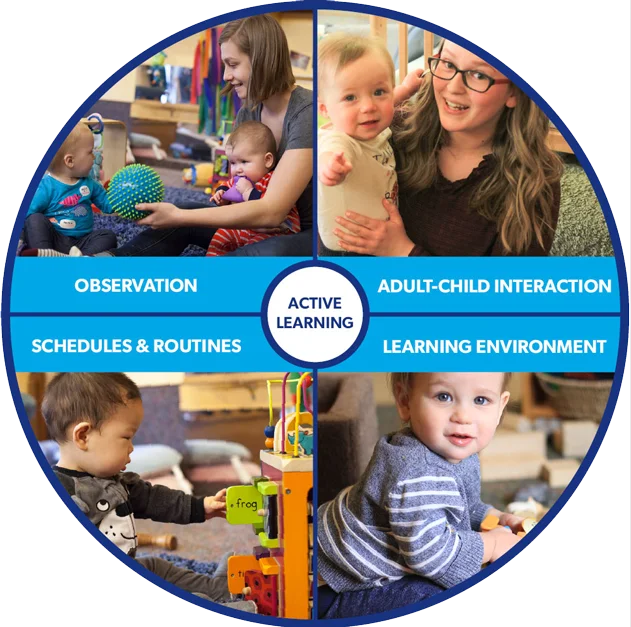
This quote from Albert Einstein reflects the foundation of our Early Years Curriculum EYC®. We know that children are curious and natural learners from birth. At Little Star Day School, we encourage young learners to have their first learning experiences and discover the world around them. To help them do this according to their individual needs, we have adapted our learning environments and early learning program accordingly.
Our bilingual Early Years Curriculum EYC® is tailored for children aged 6 months to kindergarten. Children learn best through meaningful play, so it combines active learning, hands-on learning and learning by doing. The Early Years Curriculum EYC® is based on traditional and innovative learning and teaching methods, philosophies, and approaches. These theories have their origins in science or have a philosophical or hypothetical basis. Regardless of origin, they all have something in common: the observation of the child’s development is always at the center.
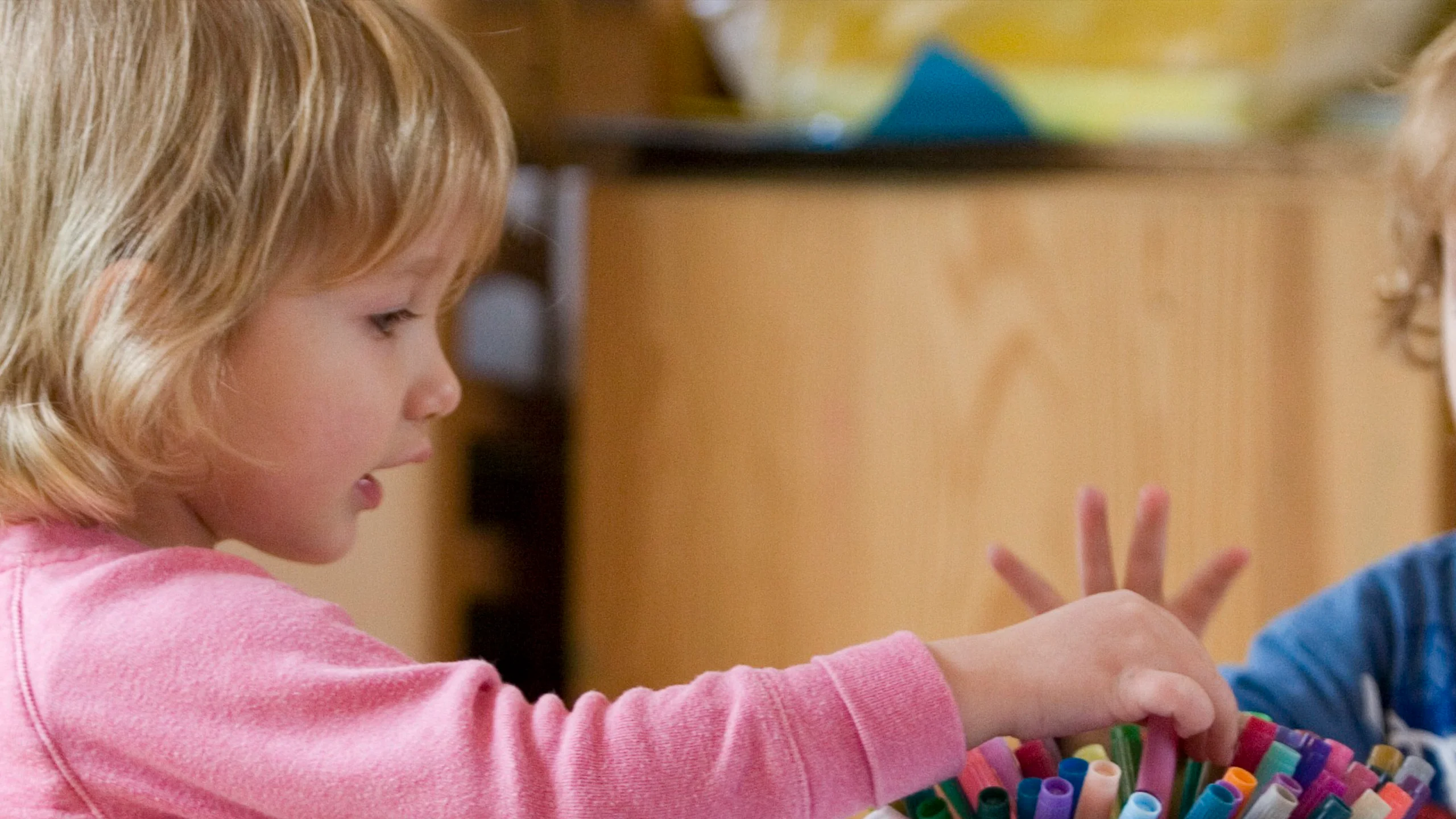
Learning Playfully
All of us know that we learn best when doing something we love doing. Children are attracted to play experiences and focus on their self-chosen play for a long time. Through play, children gain new experiences and continue to develop them. Through interaction with materials and other people, the child is encouraged to discover new knowledge, language, skills, and to connect them to knowledge they already have. Play always has a purpose for the child, even if it is not always apparent to adults. Many theories support the importance of play, with more recent theories arguing for the cognitive approach. They see play as contributing to the development of skills such as problem solving, creativity, communication, and developing an understanding of social rules. This approach is most closely associated with Piaget and Vygotsky and is also supported by neuroscience and current developmental psychology.
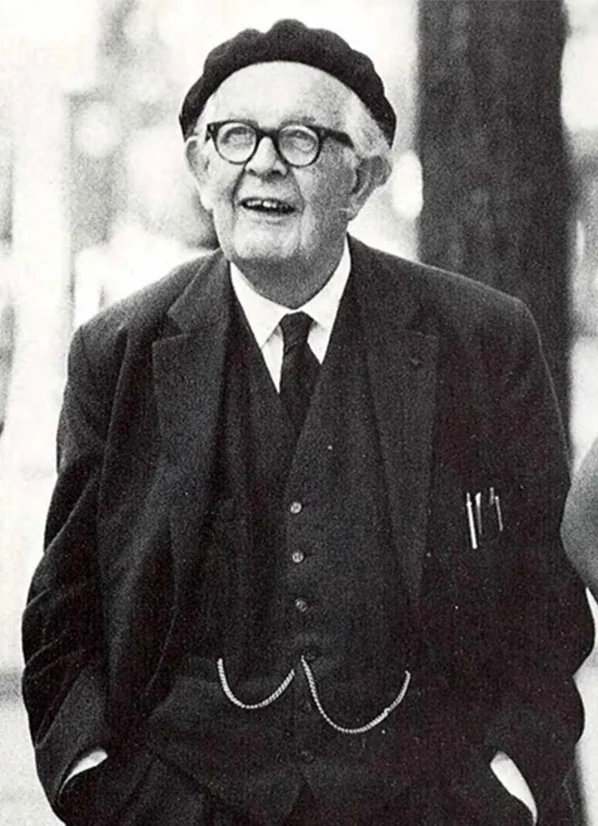
Jean Piaget
Jean Piaget was born in 1896 in Neuchâtel, Switzerland. With his approach to the nature of children’s thinking and learning, he was considered an expert in the field of developmental psychology since the 1960s. The origin of his theory was the observation of his three children. For Piaget, young children go through 4 stages of development: sensorimotor stage, the preoperational stage, the concrete operations stage, and the formal operations stage. At the center of each stage is the pursuit of equilibrium. Piaget refers to it as equilibration, which in turn occurs through assimilation and accommodation. An example of this would be the first experience a young child has of the sound of crumpled paper when unwrapping a present. Later, they make discoveries with different types of paper and find that each type of paper sounds different when crumpled. An imbalance occurs between original experience and new knowledge. The adaptation in this case occurs as the child adapts their original experience (here, the paper sound when unwrapping a gift) to finding that the paper only makes that specific sound from the first experience in certain situations.
His greatest achievement is considered to have been to inspire a sense of curiosity about the way children learn. His interest was mainly in how children learn rather than what or when they might learn it. Albert Einstein said Piaget’s work was “a discovery so simple that only a genius could have come up with it.”
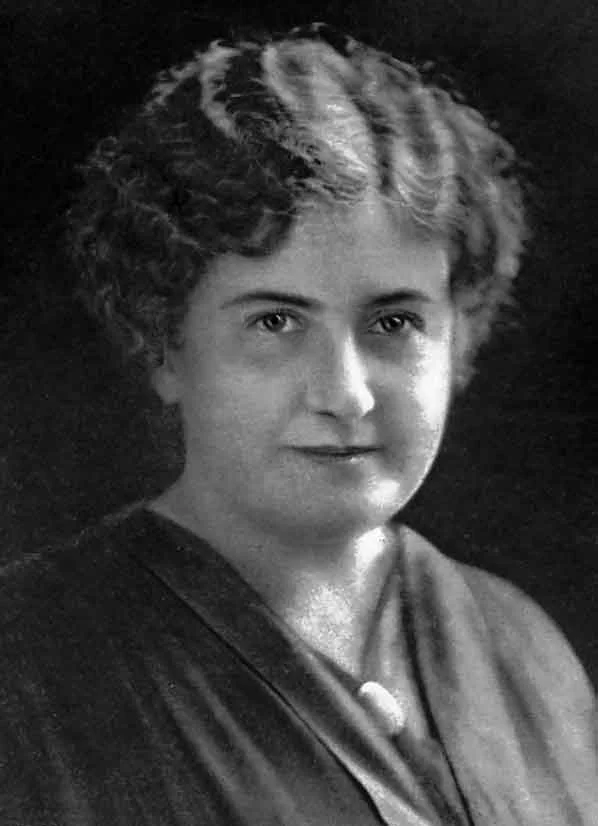
Maria Montessori
Maria Montessori was the first woman in Italy to earn a university degree in medicine. Her philosophy of early childhood remains an important milestone in early education today. The guiding principle “Help me do it myself” is the core message of the Montessori approach. The child wants to discover and experience for themself. This increases their self-confidence and self-awareness. At the same time, self-made experiences are internalized and processed as experiences. The prerequisite for this is a non-violent environment, which in turn is a prerequisite for a relaxed atmosphere. Only then is it possible for the child to satisfy their personal developmental needs. For this reason, we at Little Star Day School live our values: respect, motivation, trust and leadership.
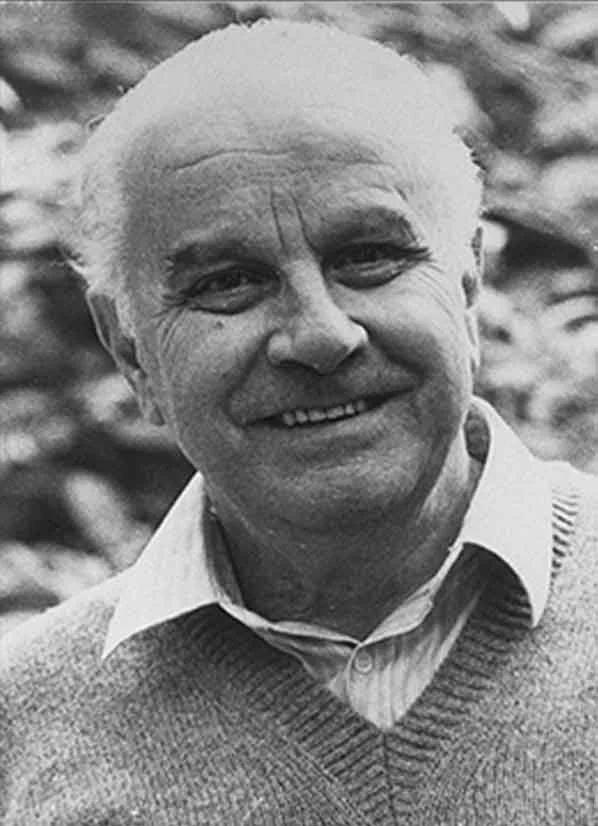
Loris Malaguzzi
The name of Loris Malaguzzi is not as well known to many as his philosophy “Reggio Emilia”. It was the teacher Loris Malaguzzi who, after the end of the 2nd World War, with courageous and motivated parents, opened his own school in Villa Cella (Reggio Emilia) and developed his philosophy. His philosophy was based on, among others, the theories of Piaget and Vigotsky. According to his theory, all children have potential! In order to maximize this potential, certain key elements must be taken into account: Children are connected to family and society. Malaguzzi says that the (classroom) room is as a third teacher, while the reference person (educator) also plays the role of partner, caregiver, and mentor. Learning and teaching happens through questions that are answered together with the caregiver. This learning process is documented and thus visualizes individual learning. Our development portfolio is the documentation of this learning journey. All partners (child, parents and caregivers) contribute through observations to paint a holistic picture of the child’s development.
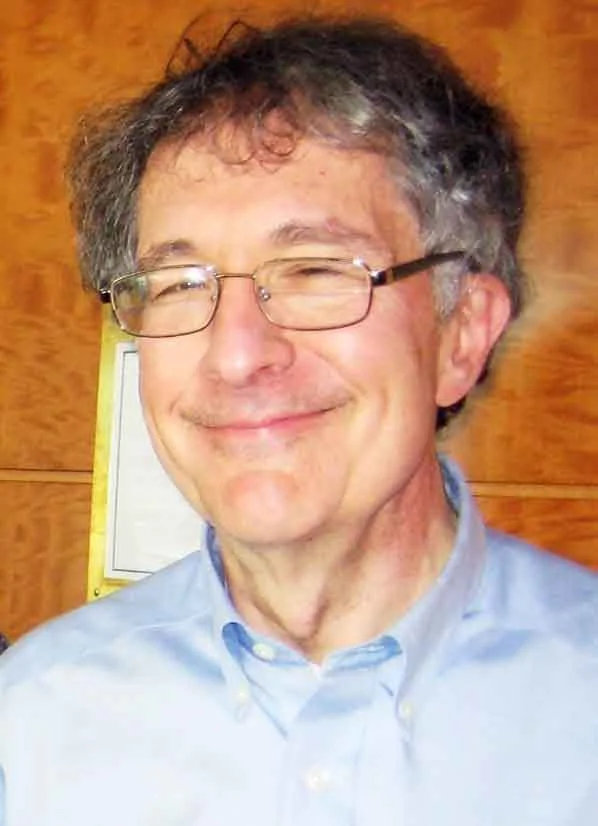
Howard Gardner
Howard Garner developed the theory of multiple intelligences in the 1980s. He defines intelligence as the “ability to solve problems or create products that are meaningful to a particular community or culture.” According to Gardner, all people have different talents that are independently invested. He speaks of “9 intelligences” that are in everyone and are just expressed differently. Every child should know their own gifts and learn according to them. At Little Star Day School, each child is given the space to learn in their own way and at their own pace. In this process, individual talents have just as much room as those areas that are still underdeveloped. With these insights, our individualized early education program can help build on strengths and reduce weaknesses.
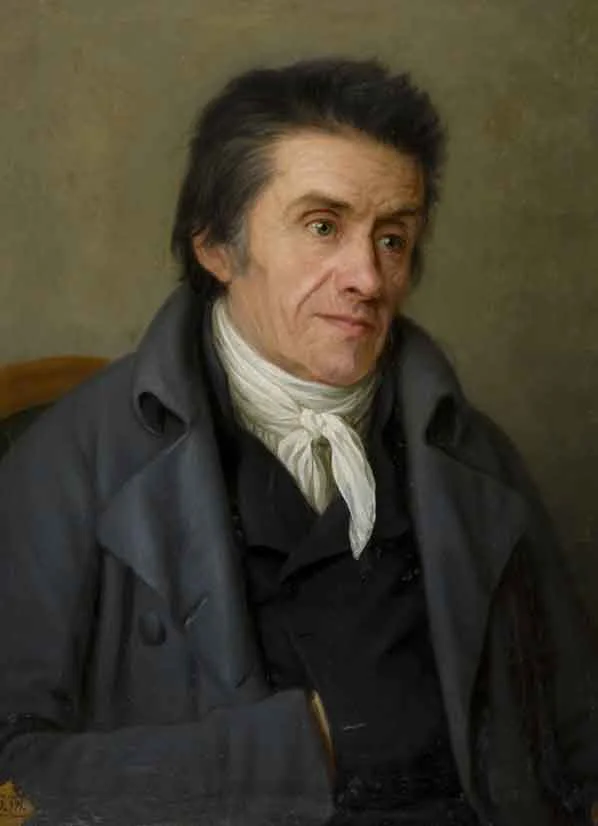
Johann Pestalozzi
Pestalozzi was a Swiss teacher who laid the foundation for the reform of education in the 19th century. He believed that every child has potential, but that it can only develop in a loving environment. With his head-heart-hand principle, he called for a harmonious interplay of thinking, feeling, and acting. Furthermore, he believed that children should learn in groups with children who are at the same stage of development – not necessarily at the same age. Pestalozzi repeatedly emphasized sensory learning in a familiar setting. For Pestalozzi, the most important sensory experience was observing. So he organized “Anschauungsunterricht” (visual lessons) and linked it with actions, as for him education was the repetition of actions. In today’s practice, this can be observed, for example, in role play.
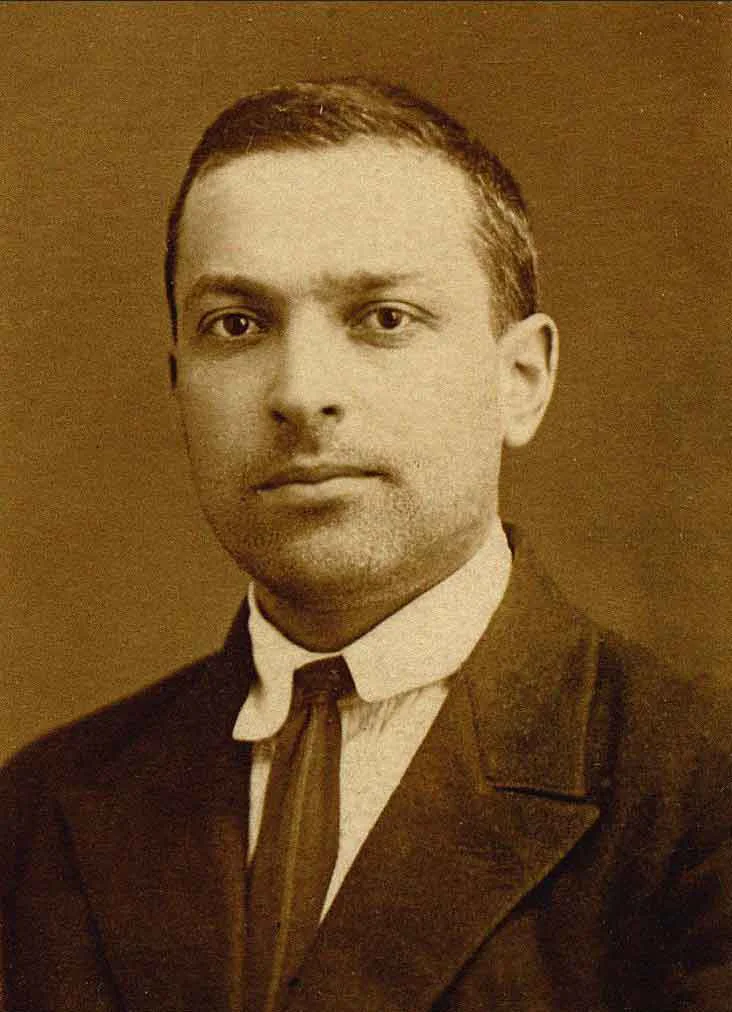
Lev Vygotsky
Lev Vygotsky was a Soviet psychologist. His book “Thought and Language” is still a classic work in university lectures on psycholinguistics. In this book, he points out that the cultural and social context of children influences their development. This statement has had a strong influence on the development of many educational theories to this day. His “zone of next development” concept resulted in the development of techniques for diagnosing children’s learning needs and corresponding teaching techniques. The best known technique is called “scaffolding”. It is based on careful observation of what children can do and planning a support plan that challenges their current abilities. Like Piaget, Vygotsky emphasizes the way knowledge and understanding are constructed by learners from their experience (construction theory). This approach is most closely associated with Piaget and Vygotsky and is also supported by neuroscience and current developmental psychology.
His social constructionist theory places contribution of others at the center of learning. This contribution is associated with the training approach, where the learner learns from someone who is more experienced or competent. With this in mind, activities such as conversations, (guided) play, and opportunities to follow interests and ideas become core elements of learning.

HighScope
The HighScope approach was started by Dr. David Weikart in Ypsilanti, Michagan, USA in the early 60’s as a preschool project. The approach is based on 40 years of research and experience, and focuses on recognizing and supporting the unique differences of children between the ages of two and six and developing their self-confidence. It builds on skills that the child has already acquired. The basis of this approach is the “Wheel of Learning” in which the child is at the center. Active learning is divided into four areas: Assessment of skills, interaction between adults and children, daily routine and the design of the learning environment. Another important point is that children have the opportunity to perceive the relationships between objects and events, as well as ask questions. This promotes problem solving, listening, and evaluation. It is important for the child’s learning process that they are encouraged to reflect and evaluate what they have done. For this reason, we designed our Bye-Bye Circle to give children an opportunity to reflect on their day and express their thoughts about it.


